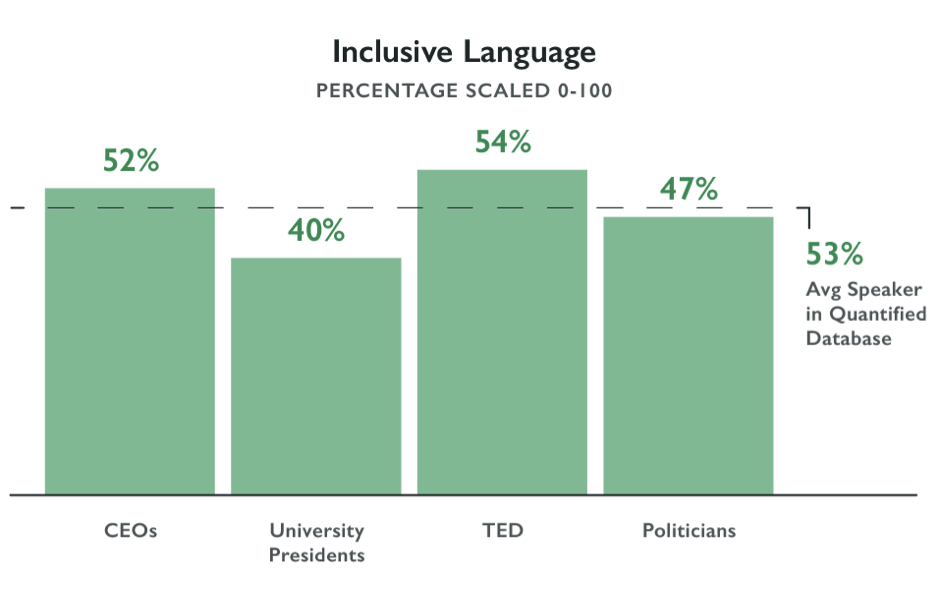Diversity and Artificial Intelligence in Higher Ed

In recent months, the buzz about diversity and inclusion in the workplace has grown to a roar, with more and more research and thought leadership being published on the subject and more and more leaders making a commitment to inclusion. And this trend is representative of a broader shift that has taken place in the global business landscape in recent years. As markets have become more global, customers have become more selective in the products and services they consume, and workforce demographics have evolved, diversity and inclusion have become a critical strategic focal point for organizations of all sizes and across every industry. Here at Quantified, we’re thrilled to see this evolution in the corporate world (so much so that we recently published a white paper about it).
But we have to wonder, where is this commitment to inclusion and diversity in higher education?
Quantified communication expert Liz Gurthridge has written extensively on the effects of inclusion on performance, and study after study shows the positive impact a focus on diversity and inclusion can have on an organization’s bottom line. Doesn’t it stand to reason that the same focus on diversity in academia would have similar positive impacts?
In a recent conversation with McKinsey, Princeton’s head of computer science, Jennifer Rexford, discussed how critical diversity is in higher education—particularly in the STEM areas that are so notoriously white and male.
“The technology being created is so important in so many lines of work and in so many businesses that leaving a large part of the population out of the conversation leaves these people ineffective in a whole bunch of areas in our society—not just computer science, but everywhere.”
– Jennifer Rexford, Princeton
Rexford illustrates her point by citing a line of automatic soap dispensers whose sensors can’t read African-American skin tones, wondering whether this would have happened if the designers and testers had been a more diverse group.
So How Can We Promote Diversity in Higher Ed?
At Princeton, Rexford says, they have two primary strategies to attract greater diversity to computer science fields:
- Offer both engineering degrees and BAs in computer science to allow a “late-entry” path to the field.
- Offer an introductory course with a focus on interdisciplinary applications of computing and art, music, and science.
While both these strategies have been highly successful, we all know there’s no one-size-fits-all solution to increasing diversity in the higher-ed programs related to artificial intelligence.
But here at Quantified, we start looking for solutions to every problem within the realm of communication. Research has demonstrated that inclusive language references group cohesiveness. It shows that the people in the room are unified, assuring audience members that the message belongs as much to them as to the people sitting next to them. Given how many of our corporate and political leaders have become activists for inclusion within their companies or constituencies, we were optimistic that we’d find high levels of inclusive language across the board. But our research team’s analysis found that, despite their emphasis on inclusion and diversity, the majority of leaders are still communicating in an exclusionary way.

The low inclusion scores for these high-profile groups further emphasize just how engrained non-inclusive language is in our vocabularies and highlight the need for our next generation of inclusive leaders to home in on the language patterns that will support their core values.
Could the same be true in academia? All over the country, universities are talking the talk about inclusion and diversity, but are they using the kind of language that brings that commitment to life?
Communicating Inclusion
To learn more about inclusive language and its impact on individual and team performance within organizations (and, by association, higher-ed institutions), download our free white paper: The New Leaderhsip Imperative.